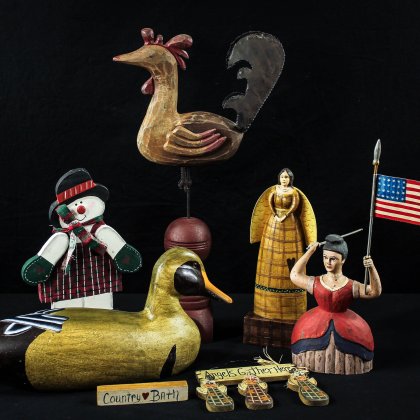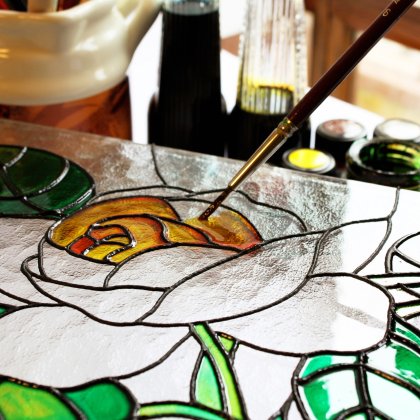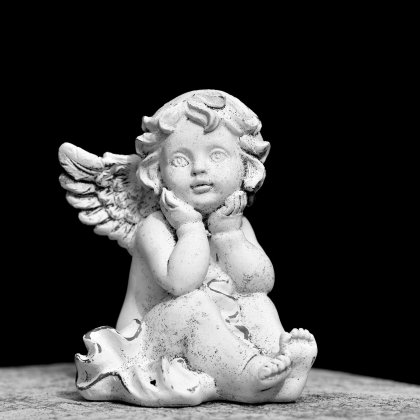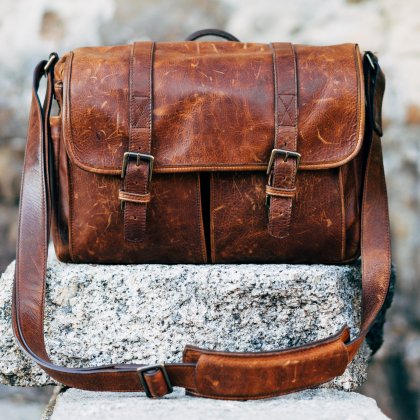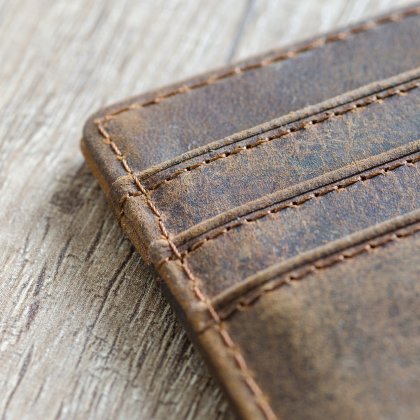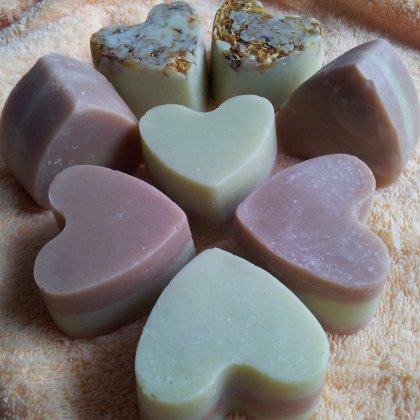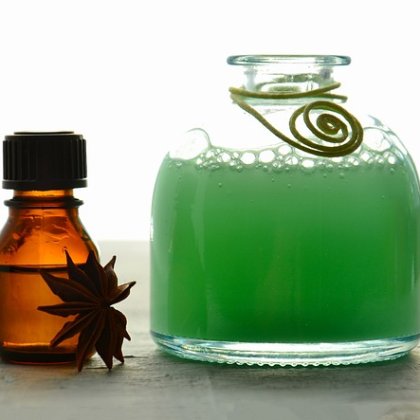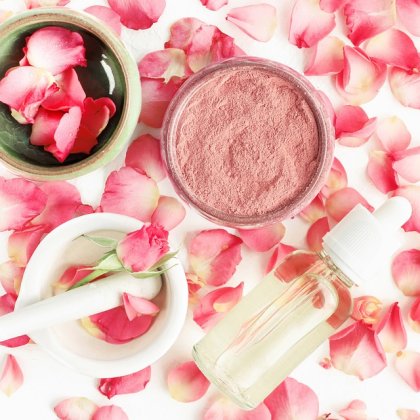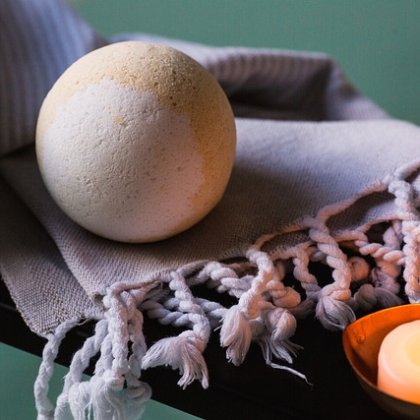How to package your products
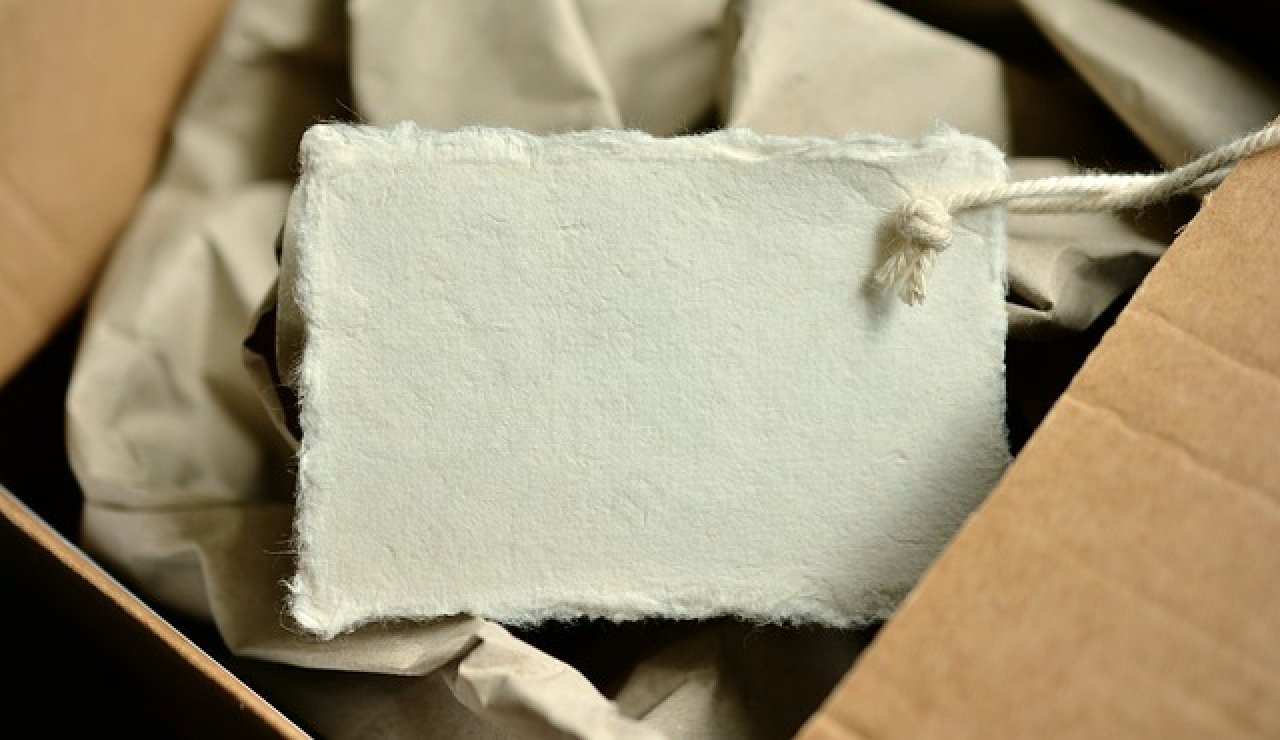
Packaging Tips: How to Package your Products for Delivery
Packaging doesn't have to be fancy but it stands for your brand. Whether you have a specific color scheme or style, you'll want your packaging to match your brand.
For instance your labels on products are simple and clean, then your packaging should be the same. Let's make an example that your labels are just white with black letting, no fancy font.
For packaging you would want to use a white box with white tissue paper or crinkle mix with black crinkle mix or tissue paper as well. A cute black and white thank you card means alot too! Make sure your cards included with your package use the same font and color scheme.
For example: Tracy's Skincares' color scheme is teal and white. She wraps her products in teal and white tissue paper, alternating colors. She uses white and teal crinkle paper and her thank you cards included have teal & black text. She presents her brand and makes sure all colors match. She then places all products in a brown cardboard box with a cute teal and black label. Your brand or color scheme says a lot about your product. Matching all the way through till the end is important and show's your customers how you value your products and your business.
Getting package ready for shipping
----------------------
Fill the box with cushioning material
When you place your product inside the box, there should be a gap of two to three inches at each side to allow for cushioning material like packaging peanuts, styrofoam, bubble wrap or paper. These cushion the item from strong impacts and also prevent it from moving around in the box.
If you’re shipping electronic products, be sure to protect them with anti-static materials first before cushioning with foam, bubble wrap, or crumpled paper.
Tape the seams
After filling the box, you tape it at the seams with packaging tape to prevent your parcel from opening by accident. Packaging or duct tape is strong and sticky enough to keep your box sealed as it goes through the shipping process.
Keep the top lid open and tape it at the very end in case you have to swap things out or add more items inside.
--------------------------------------------------------
Packaging fragile items
Fragile products like glassware, ceramics, and goods made with delicate or brittle materials are riskier to transport because they’re easily breakable. These need more attention when packaging so they survive the inevitable bumps and drops of the shipping process.
Here’s how to safeguard them in transit so your customers don’t get broken orders at their doorstep.
Wrap the item itself
If your item doesn’t come with a dedicated box and enclosures, wrap it with a layer of paper first and tape the paper to prevent unraveling. If there are holes in the item, fill these with paper too. Then, wrap it with a layer or two of bubble wrap and cover the whole item. Also avoid taping it too much or the customer might break the item while removing all the tape.
Determine the right size of the box
The right size allows you to achieve a balance of protection and cost-efficiency when shipping the item. After measuring the dimensions of the item/s that will be placed in the box, there should be two to three inches of allowance from each side of the product for cushioning.
You can even place the item in a smaller box first then place that in a larger box. This box-in-box method also lessens the chance of theft for high-value items because people have no clue of what’s inside.
Create a layer of cushion
The goal of cushioning the item is to prevent it from moving around too much by allowing a little “give” from the fillers. Bubble wrap, air pillows, or packaging peanuts are appropriate for this.
Fill the box with the cushioning material for up to two inches in height. Then, place the item and center it in the box. After that, put in the rest of the cushioning materials and avoid overfilling the box.
Use high quality packing materials
The importance of using new corrugated cardboard boxes can’t be stressed enough for fragile items because the material is at its strongest. Also go with heavy duty packaging or duct tape for sealing the seams because a well-sealed box is the item’s first and toughest layer of protection.
These high quality packaging materials may be costly but they help minimize product replacements that cost you more in the long run.

